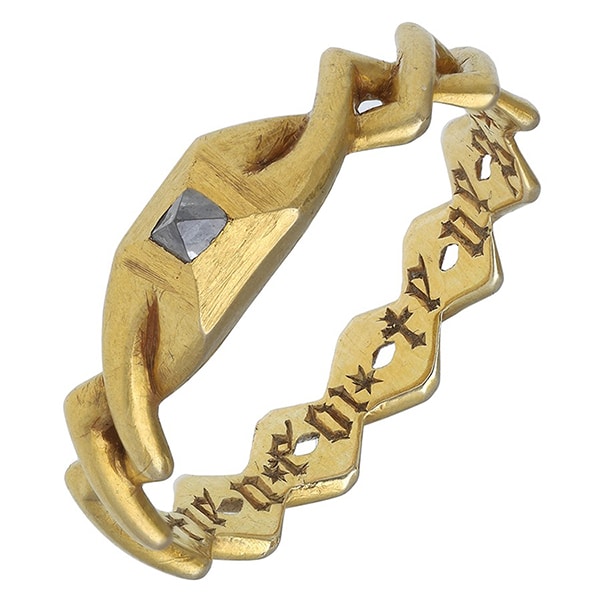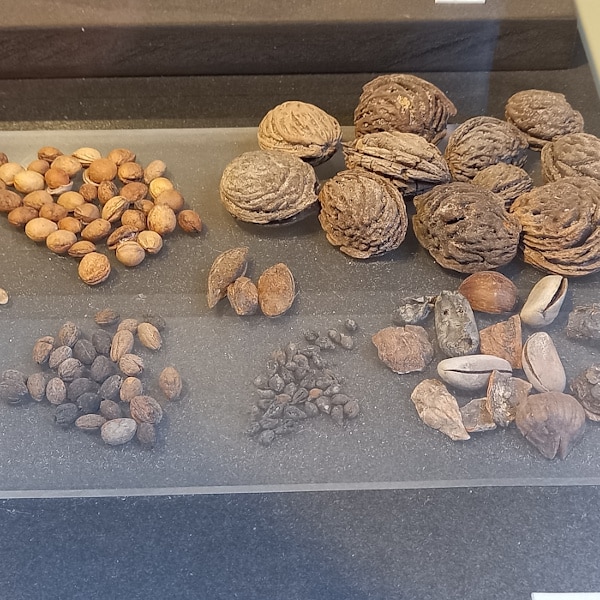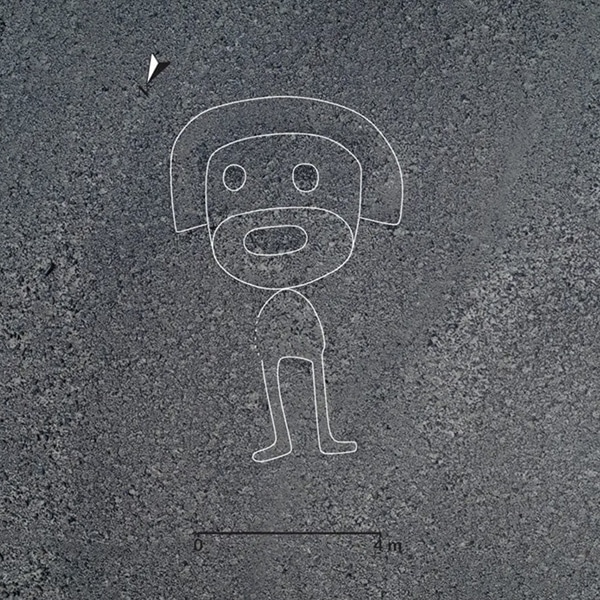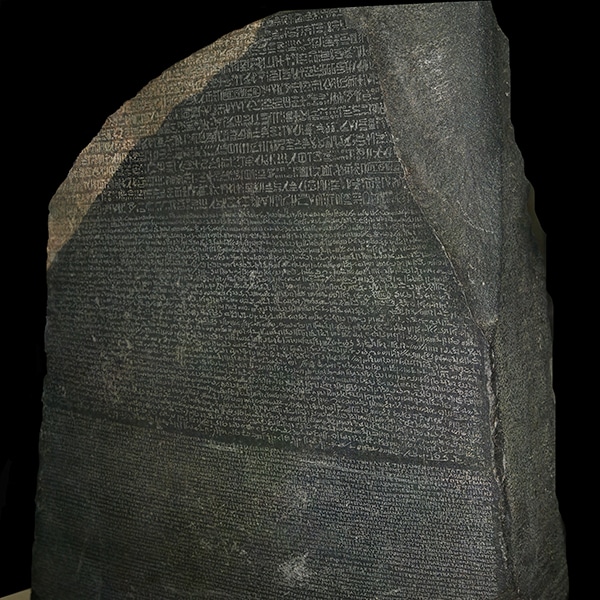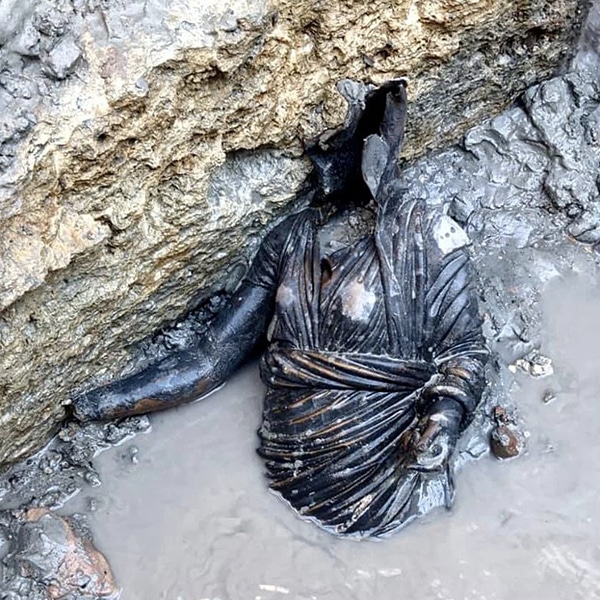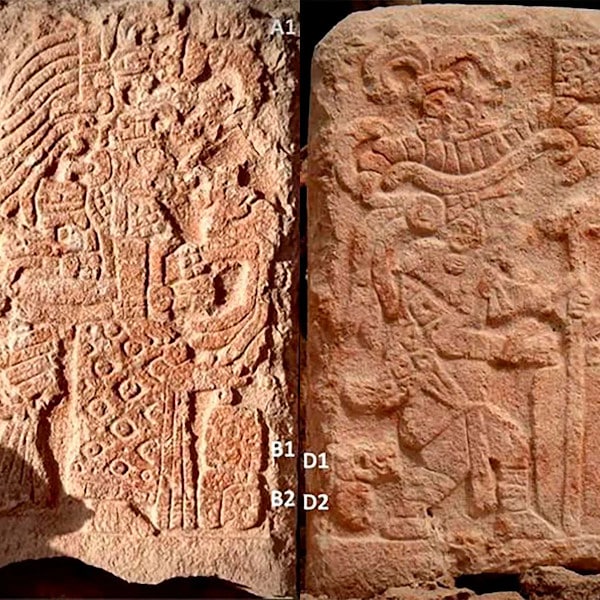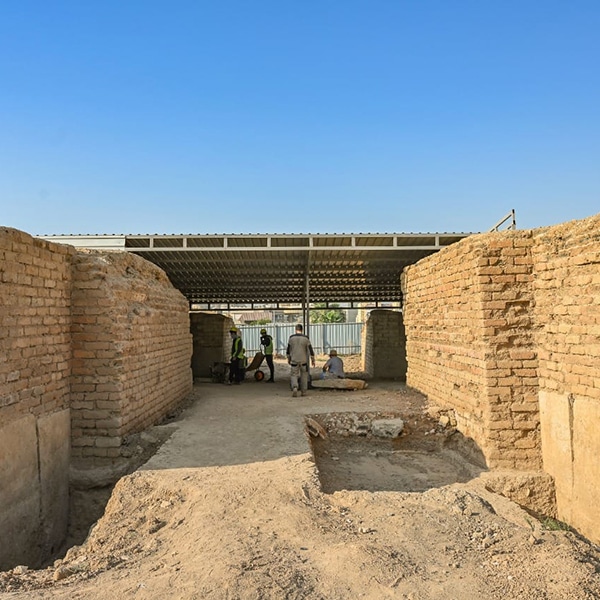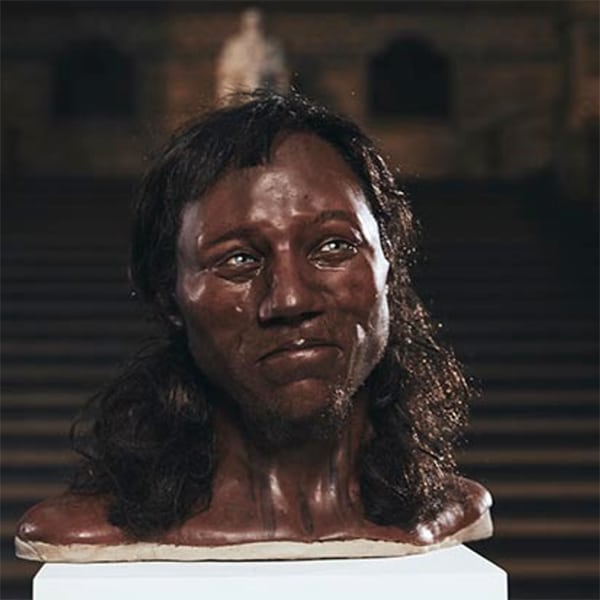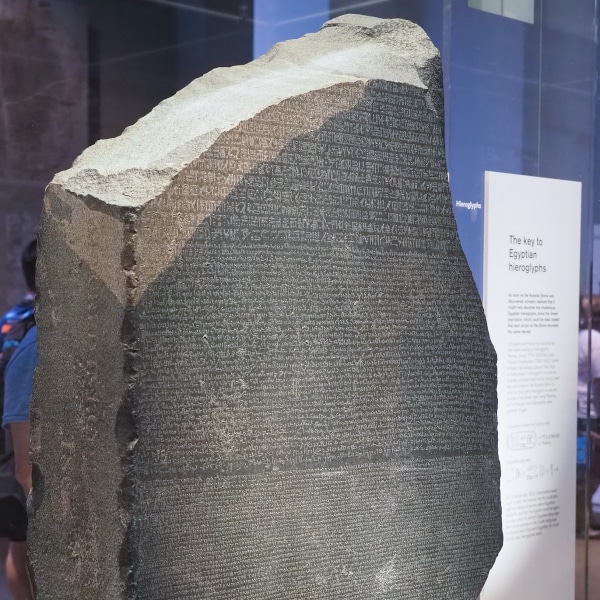The last decade has been a precarious one in Syria. As the human toll of conflict amassed, the countless examples of precious ancient artwork in the region were also endangered by conflict and the iconoclastic beliefs of the Islamic State. With the reclaiming of certain territory by the Syrian state, new discoveries are at last emerging once again. An enormous, rare mosaic depicting famous scenes from Greek and Roman mythology has recently been excavated in a historic moment for the town of Rastan, a region which promises further discoveries in the future.
The mosaic stretches 1,300 square feet, is composed of thousands of small stone tesserae, and dates to the Roman era of Syria. It was discovered by an excavation team under the direction of Syria’s General Directorate of Antiquities and Museums underneath a building dating to the 4th century. The building itself was donated to the Syrian government by Lebanese and Syrian businessmen associated with Lebanon's Nabu Museum. Dr. Humam Saad, associate director of excavation and archaeological research at the directorate, told the AP, “What is in front of us is a discovery that is rare on a global scale…rich in details.”
Apart from sheer size, the subject matter of the mosaic is unique. It features a very rare portrayal of Amazons, the fierce female warriors who appear in Greek and Roman myths. Hercules is famous for slaying their queen during his labors. The Roman god Neptune also appears, surrounded by his 40 mistresses. Beautifully rendered scenes of the Trojan War are also included. This war was famously started over the abduction of Helen of Troy, the most beautiful woman in the world.
Mosaics served as a way to tell stories as well as to beautify a space. The researchers do not yet know whether the floor belonged to a bathhouse or some other space. “We can’t identify the type of the building, whether it’s a public bathhouse or something else, because we have not finished excavating yet,” Saad said. The mosaic appears to be much larger than the currently excavated portion, so future work may uncover new delightful images. Rastan may produce more ancient wonders, now that it is within control of the government once again. The mosaic had been previously endangered by militant groups which attempted to sell it.
Archeologists discovered a Roman-era mosaic in Rastan, Syria. It is a rare and beautiful example stretching 1,300 square feet.
It depicts scenes of Amazons, Romans gods, and even the Trojan War.
Related Articles:
Egyptian Archeologists Request the Return of the Rosetta Stone and Other Artifacts
Bronze Age Couple Discovered in Loving Embrace 3,000 Years After Burial in Ukraine
World’s Largest Intact Mosaic Is on View in the Basement of a Luxury Hotel in Turkey
Long-Lost Mosaic From Caligula’s “Pleasure Boat” Is Discovered in NYC Being Used as a Coffee Table


































































